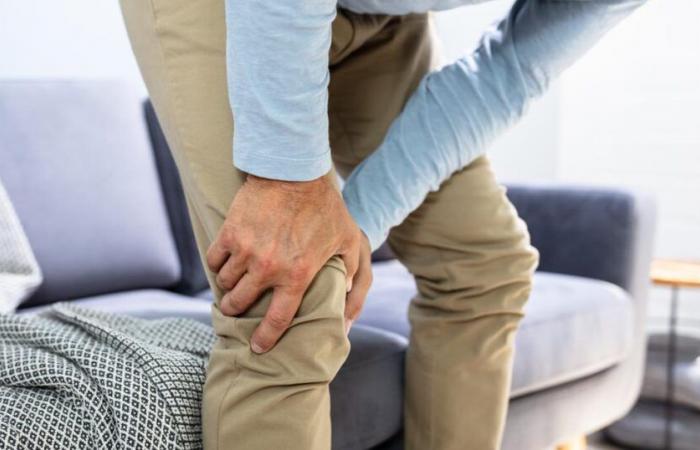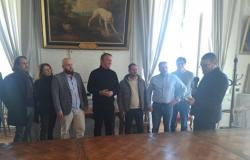Doctors have just published new recommendations, which sort out what works and what to avoid in terms of non-drug care.
Cryotherapy, diets, spa treatments, food supplements… Among the plethora of treatments offered to treat osteoarthritis, which ones really work? The answer can be found in the new recommendations developed by the French Society of Rheumatology and that of Physical Medicine and Rehabilitation. After taking stock of drug treatments in 2020, the two learned societies looked at “non-pharmacological” levers. In other words, everything that does not relate to anti-inflammatories and painkillers. Valuable information for many patients as well as for their healthcare professionals: more than 6 out of 10 people aged 60 and over suffer from knee osteoarthritis (or “gonarthrosis”).
In osteoarthritis, pain occurs when the cartilage – the covering that lines the bone at the joint – disappears, leaving the end of the bone raw, causing inflammation and pain. It results from the combination of several factors: aging, obesity, genetic factors or even sports-related trauma. “At present, unfortunately there is no curative treatment, but it is possible to improve pain, mobility, and autonomy in general”immediately indicates Professor Yves-Marie Pers, rheumatologist at Montpellier University Hospital and co-author of the new recommendations. “Non-pharmacological treatments are as effective as medications”recalls the specialist, who specifies that these two approaches are complementary.
Adapted physical activity and Mediterranean diet
First essential lever of action: adapted physical activity (APA). “Many patients think that they should stop moving because it could accelerate the breakdown of cartilage, but this is a false belief.denounces Professor Pers. On the contrary, it is proven that thephysical activity in addition to physiotherapy rehabilitation, helps reduce the consumption of medications and care in general.” All studies show it: APA reduces pain and improves quality of life in the medium and long term. The occurrence of an inflammatory flare-up represents the only temporary contraindication.
Since 2022, the High Authority of Health has also recommended that doctors prescribe physical activity adapted to their osteoarthritic patients. But for the moment, these personalized programs are not covered by Health Insurance and it is not always easy to access them, depending on your place of residence. However, some associations offer online courses, such as Siel Bleu.
Also read
Osteoarthritis: these ways to really get better
Second pillar in the fight against osteoarthritis: weight loss. “It is a major factor in relieving pain and improving mobility”indicates Professor Pers. In fact, the more the joint is unloaded, the less it will suffer. But losing a few pounds is always easier said than done. “In addition to appropriate physical activity, we recommend moving towards the Mediterranean diet, which follows national nutritional recommendations”reports the rheumatologist.
And contrary to popular belief, there is no “special osteoarthritis” diet, recalls Professor Pers. “Many of our patients are interested in a gluten-free or lactose-free diet, probiotics or dietary supplements like turmeric. But currently, all this has no proven benefit.continues the doctor.
A long list of treatments to avoid
The new recommendations also draw up a long list of treatments that have not proven effective. “Ultrasound, transcutaneous electrical neurostimulation, shock waves, laser, cryotherapy, thermotherapy: all of this has no place in the treatment of knee osteoarthritis, except perhaps in the very acute phase. But they should not be used in routine care.underlines Professor Pers. As for thermal cures, often requested by patients, “they have an interest when they integrate therapeutic education and adapted physical activity”reports the doctor. In other words, thermal water alone does not have the power to modify the course of the disease.
Specialists also advise favoring certain types of shoes. “You should prefer flexible shoes with a suitable sole capable of absorbing shock rather than shoes with a rigid sole which risk aggravating the pain”indicates Professor Pers. In the same way, articulated relief orthoses (splints) can help patients overcome a painful situation.
One thing is certain: we must not give up. “The disease is not inevitable, the deterioration is very progressive and with all this, it is always possible to influence the course of things”encourages the doctor.






